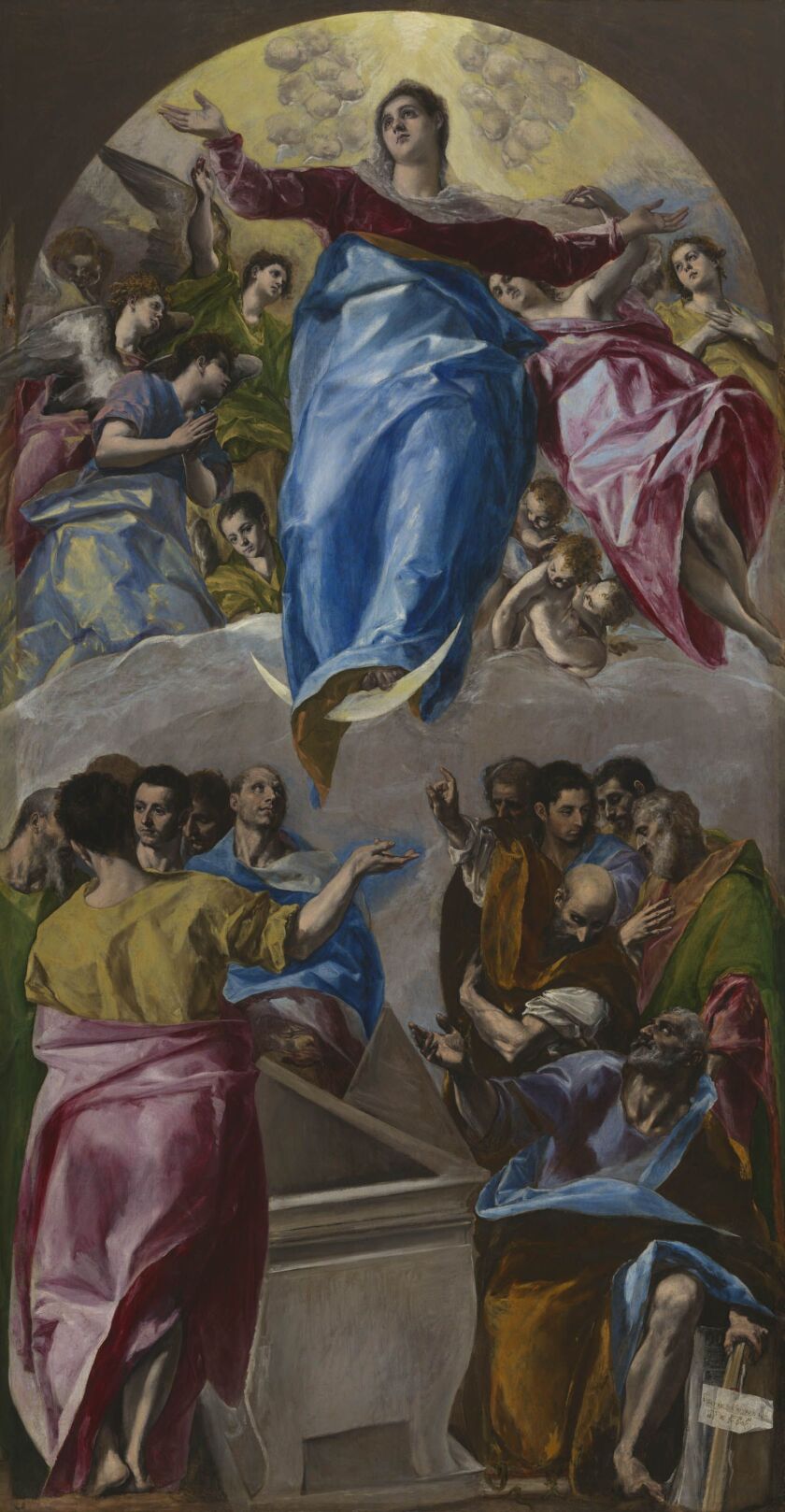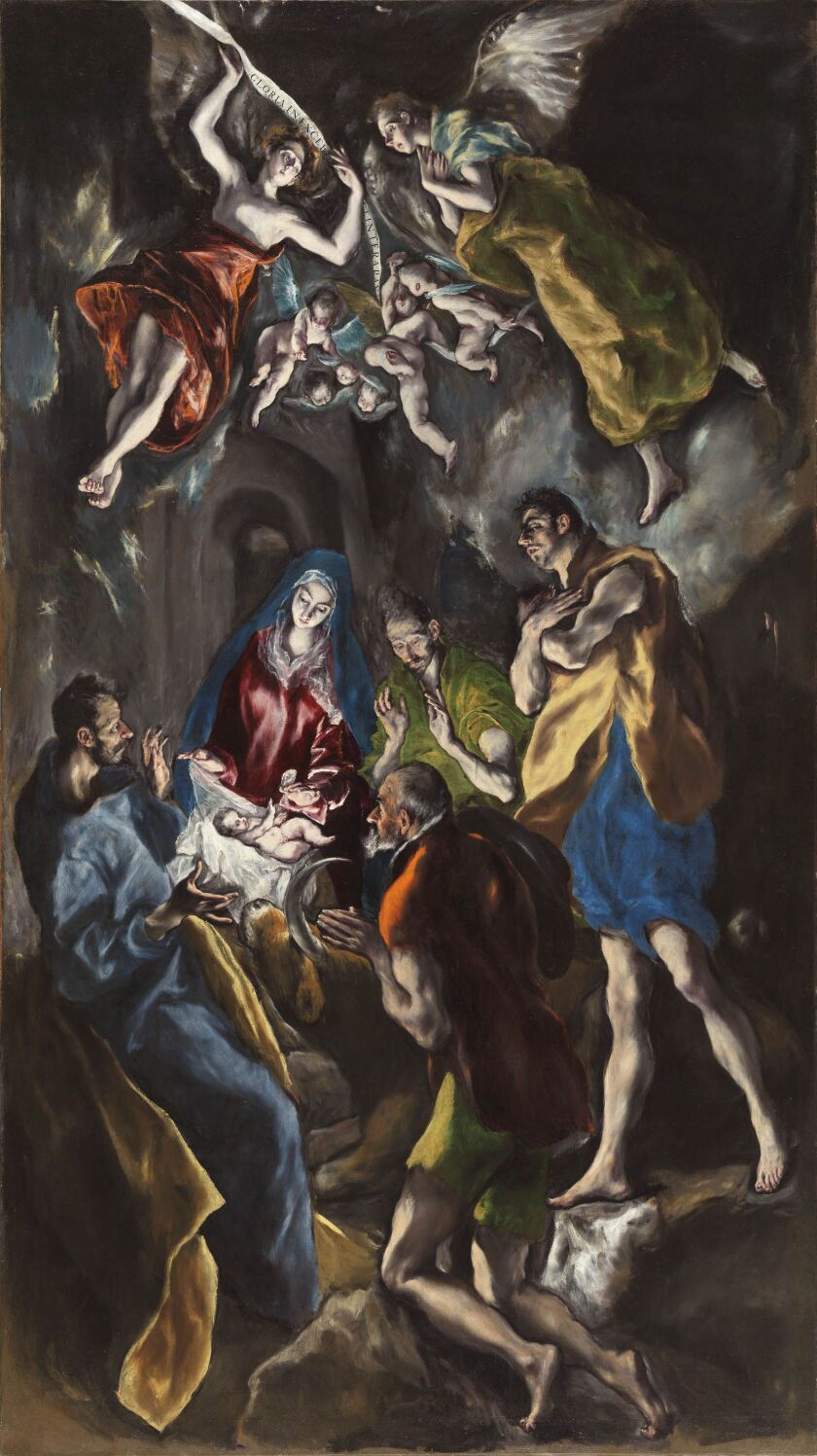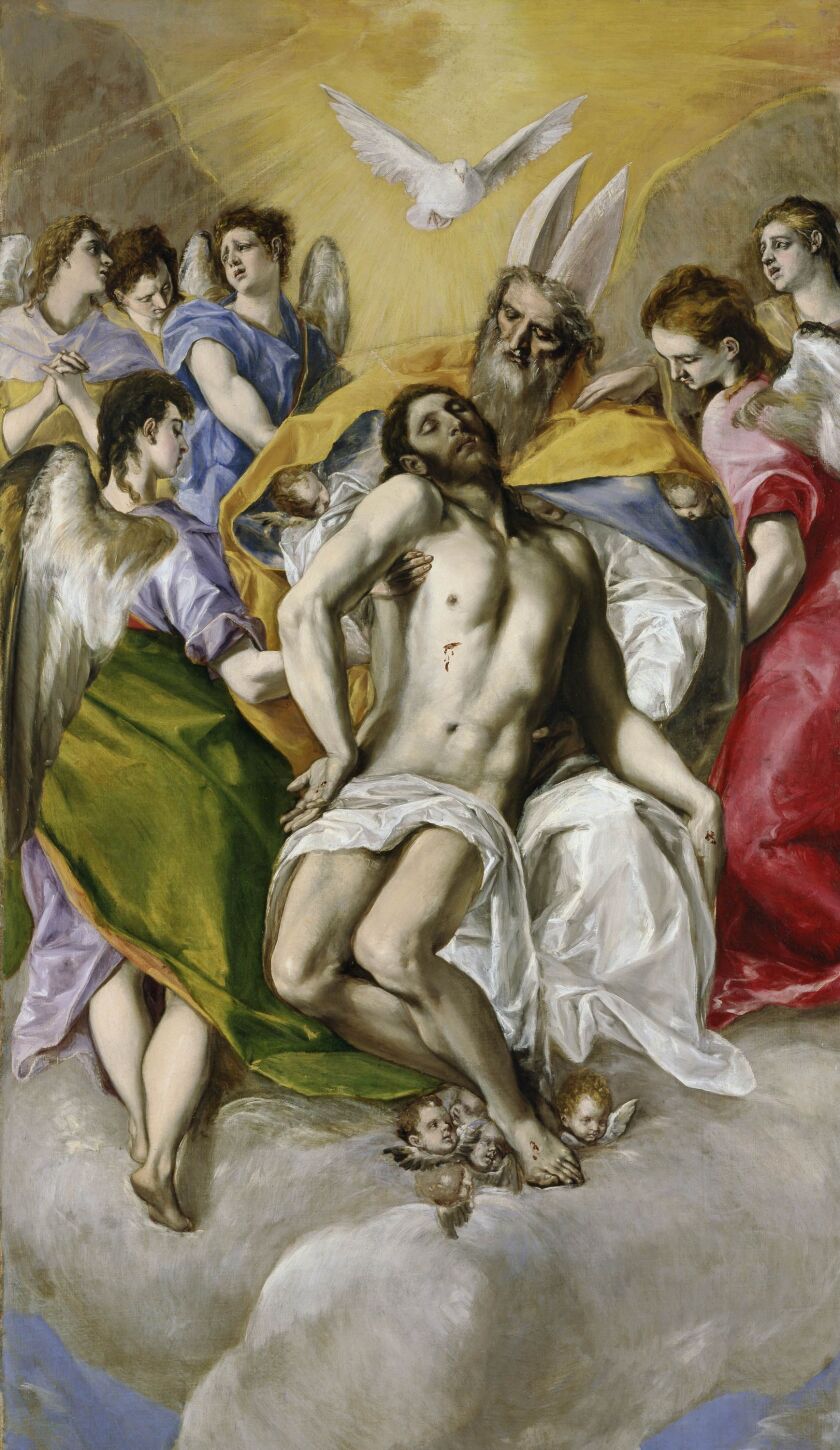In visitor surveys the Art Institute of Chicago has conducted in recent years, El Greco scored surprisingly high name recognition.
While such familiarity was a big plus, it was the expressive power of the 16th century artist’s paintings that spurred Rebecca Long, the museum’s associate curator of European painting and sculpture, to spotlight him in a large-scale exhibition that runs March 7 through June 21.
“The images themselves are so compelling,” Long said, “even if you don’t know the name of the artist. It’s the same reason people like Picasso are drawn to him. The work speaks for itself. It’s incredibly distinctive.”
“El Greco: Ambition and Defiance” will be the first show anywhere devoted to the famed artist in 15 years, and the first major old-master exhibition at the Art Institute of any kind since an offering titled “Kings, Queens and Courtiers” in 2011.
Born Doménikos Theotokópoulos in Crete, El Greco (1541-1614) trained as a Byzantine icon painter and then, according to Long, “rather remarkably” moved to Venice in 1567 and completely changed his style, becoming a follower of Titian and Tintoretto.
When papal support was not forthcoming after six years in Rome, he remade himself yet again, moving to Toledo, Spain, where he developed the bold colors, elongated forms and other elements of his now-celebrated expressionistic style.
Rather than examine the religious aspects of El Greco’s art, as many previous shows have done, Long chose to focus on the artist as a successful entrepreneur, cannily turning to lawyers and other members of the city’s upper middle-class as his main patrons. “There is a contemporaneity about him,” she said, “because he comes across like a real person, which you don’t often get with old-master shows.”
But after El Greco died, his art was soon deemed too exuberant and old-fashioned and he was largely forgotten. It was not until the late 19th and early 20th centuries when certain modern artists rediscovered him that his star began to rise again. In fact, Picasso based his revolutionary 1907 painting, “Les Demoiselles d’Avignon,” on the artist’s “The Vision of St. John” (ca. 1608-14), which can be seen in this exhibition.
The centerpiece of “Ambition and Defiance” will be “The Assumption of the Virgin” (1577-79), a 13¼-foot-tall painting that El Greco created for an altarpiece in a convent church in Toledo. During the 1830s, it was removed and sold to a minor member of the Spanish royal family. His descendants later placed it on the market, and Mary Cassatt, an American painter who exhibited with the leading French impressionists, served as a kind of go-between and approached several art museums in the United States about acquiring it.
Taking out a loan to cover the cost, the Art Institute purchased it in 1906, anticipating the reappraisal of the artist that would come a few years later. “It was a really bold purchase,” said Long, who called “The Assumption” the most important pre-Impressionist painting in the museum’s European collection.
The idea for this El Greco exhibition came together as the museum was making plans for Frank Zuccari, the museum’s former head of conservation, to oversee a yearlong conservation of the oil painting in 2018. The project was supported by a 2017 Bank of America conservation grant.
“For an object of that size and that age — it’s coming close to its 450th birthday — it’s in amazing condition,” said Francesca Casadio, the Art Institute’s executive director of conservation and science.
Combining old and new technology, Zuccari made use of ultraviolet and infrared high-resolution imagery and cotton swabs and solvents to lift yellowed surface varnish that was obscuring El Greco’s modeling and colors. At the same time, he repaired a few minor areas where the original paint was abraded or worn before applying fresh varnish. “It’s very much a process of research and discovery,” Casadio said. “That’s why it takes a year, because it’s not house painting.”
El Greco typically left unpainted the sections of his canvases that were to go unseen in a frame or altarpiece — in this case about a two-inch border around the work. The biggest revelation of the 2018 conservation was a confirmation that a restorer slightly expanded the composition by filling in these bare edges after it was removed from the altarpiece, probably to make it more salable.
Because these changes are now part of the history of the painting, Long and the conservation team did not remove these sections but elected to simply hide them with a slightly smaller frame that is more in line with the original dimensions of the painting as it appeared in the Toledo altarpiece.
The exhibition includes more than 55 works, including important loans from the Prado in Madrid such as “The Holy Trinity” (1577-79), which was originally shown above “The Assumption” in the Toledo altarpiece.
Because some of the works are too large for Regenstein Hall, where many of the Art Institute’s principal exhibitions are presented, it will be shown in four European galleries that normally house selections from permanent collection.
“We have done some re-design,” Long said, “so it will feel really dramatic — like a different experience. It will be very grand.”
Kyle MacMillan is a local freelance writer.









